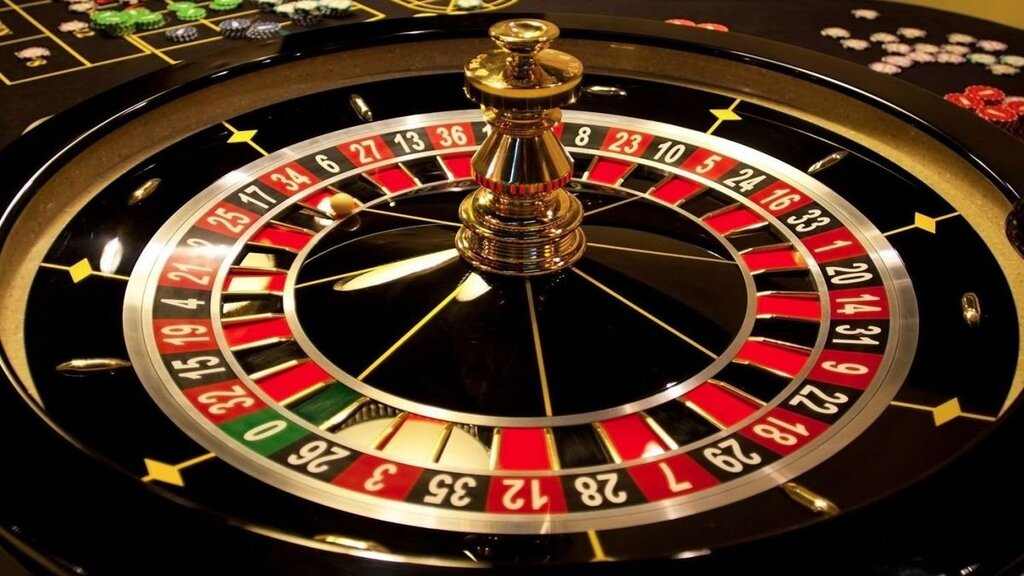Grasping RTP in Slot Machines
As for slot games, players frequently get enthralled by the flashing lights, engaging themes, and the excitement of turning the reels. But behind the glamour and excitement lies an important concept that all players must grasp: Return to Player, or RTP. This crucial metric is essential in determining the return of your wagered money over time, influencing your gaming experience and strategy as you play.

RTP is typically represented as a percentage and reflects the mean amount of funds returned to players compared to the cumulative wagers. For instance, if a slot game has an RTP of 95 percent, it means that, on average, players can expect to get back ninety-five dollars for every $100 they stake. Understanding this concept can help players make informed decisions when selecting slots to enjoy, ultimately improving their overall casino experience.
What exactly is RTP?
RTP, often called RTP, is a crucial element in the realm of slot machine games. It represents the fraction of all wagered money that a particular slot machine is programmed to refund to players in the long run. For example, if a specific slot has an RTP of 95, this means that, theoretically, players are likely to receive back 95 dollars for each $100 wagered over time. Understanding RTP helps players evaluate the potential gains of different slots.
RTP does not serve as a surety of personal wins but instead a average computed over many spins. Each player’s experience might be different significantly as a result of the randomness inherent in the games. A greater RTP suggests better odds for the player, thus making it an essential consideration to consider while choosing the slots to choose. However, even with a high RTP, there can be stretches where players encounter losses, as randomness plays a significant role.
It is important to note that different slots have diverse RTP percentages. Some slots may have a lower RTP as a result of a high level of entertainment or unique features, while others keep a higher percentage to draw in more cautious players. Recognizing RTP enables players to make educated decisions about their play strategies and control their funds wisely while enjoying the thrill of casino slot games.
How RTP is Calculated
A Return to Player, also known as Return to Player, represents a critical measurement in the realm of casino slots games. It denotes the percentage of total wagered funds that a slot machine is expected to pay back to players in the long run. Comprehending how this measurement is derived demands understanding of the dual aspects of the slot’s architecture as well as its reward structure. This RTP is determined via complex calculations and data evaluation executed in the course of the game development process. Game developers consider multiple factors, including the frequency of successful combinations and the amount of payouts for every combination.
To calculate this metric, developers simulate a vast number in terms of rotations of the game. These modeling efforts aid identify the average amount that on average, a gambler can expect to win based on their wagers. For instance, when a slot game boasts an average return of 95%, it suggests that, in theory, for every $100 bet, players can expect to get ninety-five bucks in return in the long term. That figure doesn’t represent how much a player will win in a one play or over a few spins; rather, it reflects overall payout expectations.
The values of RTP tend to be generally disclosed from the casino or game developer. Players should consistently look for such information while selecting a slot game, because it has the potential to influence their overall enjoyment. A greater RTP usually means a higher probability of winning back a segment of wagered money, even though specific plays can vary greatly. Understanding this concept can help gamblers to choose wisely and enhance their overall enjoyment within the realm of slot games. https://okking.homes/
Importance of RTP in Casino Games
Comprehending the RTP or RTP is crucial for any gamer involved in casino slots games. RTP represents the percentage of total bets that a game is engineered to pay back to players over the long run. A higher Return to Player shows that players can expect receiving a larger portion of their bets back, making it an important factor for those attempting to maximize their play experience. Knowing this figure helps gamers make smart choices about which slots to play, as it can significantly affect their potential winnings.
Furthermore, RTP plays a key role in the overall fairness and transparency of slot games. Gamers are often attracted to slots with greater return rates because they provide a superior chance of winning over the long term. Casinos and game developers use Return to Player as a marketing tool to attract gamers, ensuring they maintain a lead in the thriving gambling industry. By understanding of Return to Player, gamers can select slots that match with their risk tolerance and objectives.
Finally, the concept of RTP encourages safe gambling behavior. By understanding that not all games will provide short-term winnings and that Return to Player is based on long-term play, gamers can manage their expectations and gambling behavior effectively. This understanding enhances the enjoyment of slot games while fostering a more balanced gaming environment. Players who grasp the significance of RTP are more prone to have a more satisfying time and lessen the chances of problematic gambling behavior.